Kota Kinabalu is the highest peak in Borneo, an island in south-east Asia, shared by 3 countries: Malaysia, Brunei, and Indonesia. Mount Kinabalu is situated in Sabah, on the Malaysian side of the Island, and is the highest mountain in Malaysia. Climbing Mount Kinabalu is one of the biggest adventures you can embark on while visiting Malaysia!
Mount Kinabalu is situated within the Kinabalu National Park, a World Heritage Site according to UNESCO. This area is among the most important biological sites in the world thanks to its rich and diverse flora and fauna, and is home to famous species such as the gigantic Rafflesia and orangutans. Climbing Mount Kinabalu is a unique experience, but it doesn't have to end at Low’s Peak. Once you reach the top, you can choose to do the Via Ferrata experience, in which you will be climbing on a vertical wall with the aid of a steel cable secured to the rock. Are you brave enough to Walk the Torq?





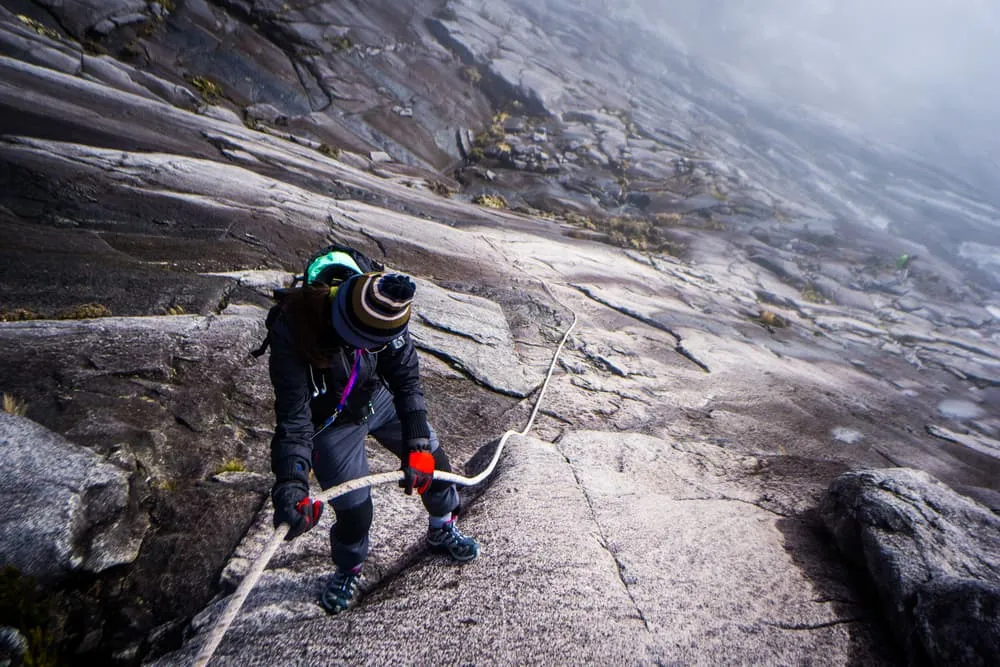
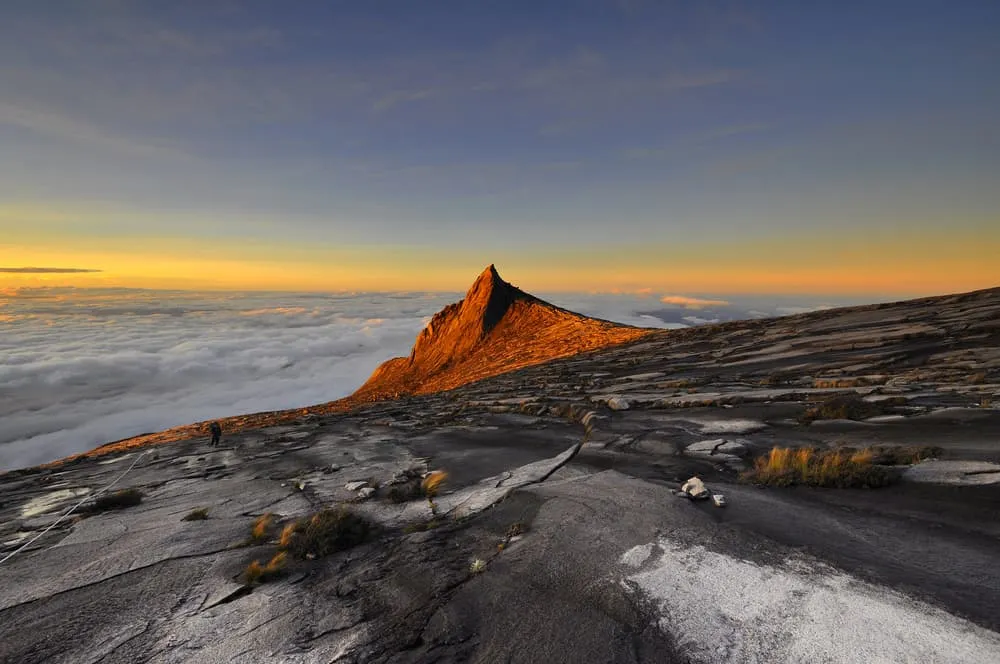
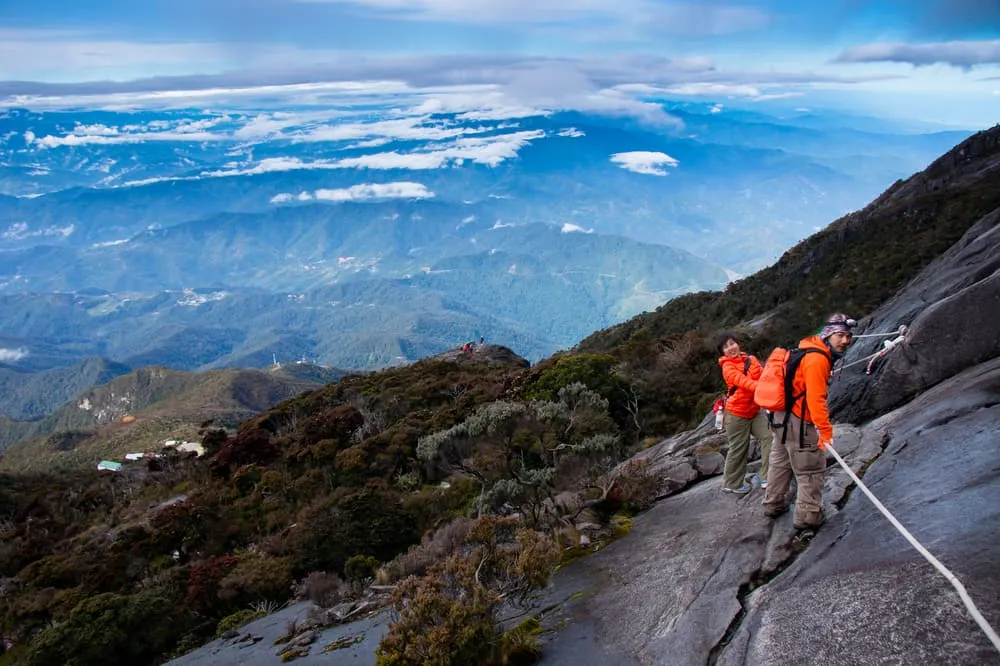
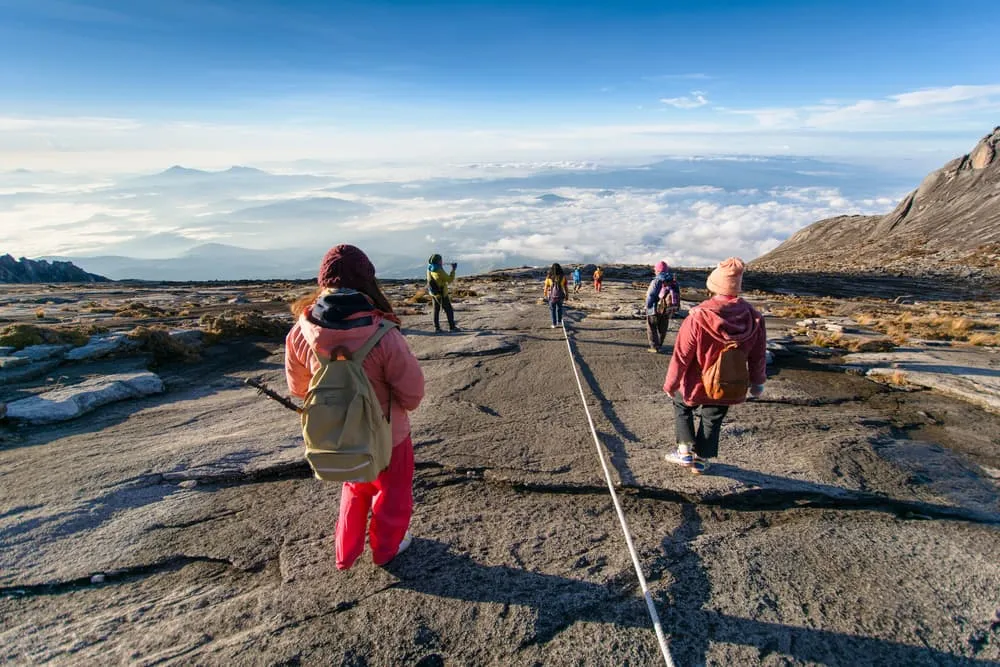
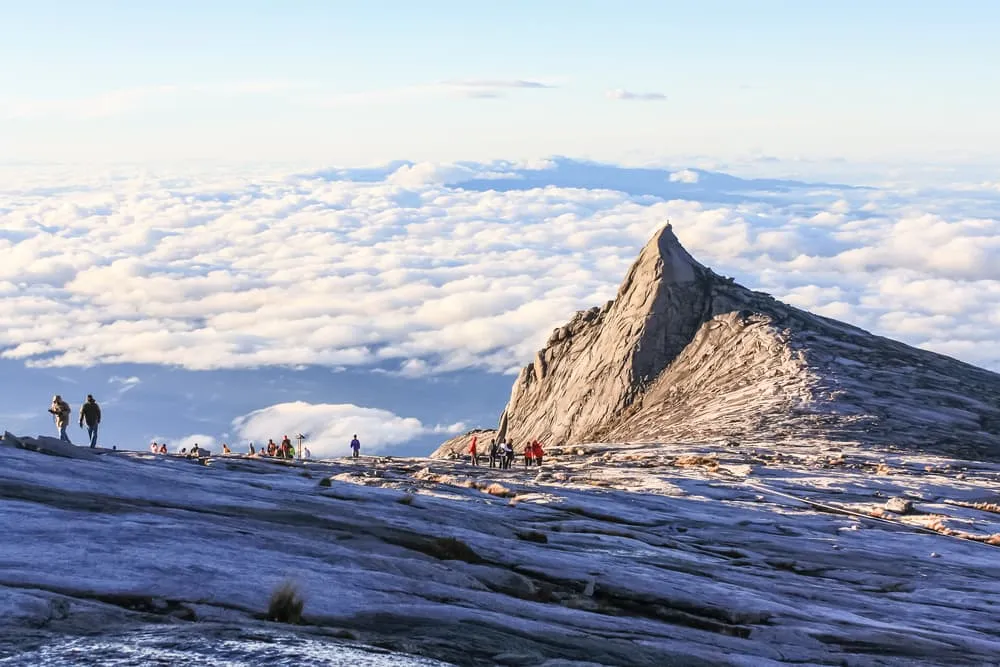


Comments